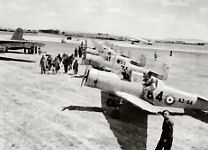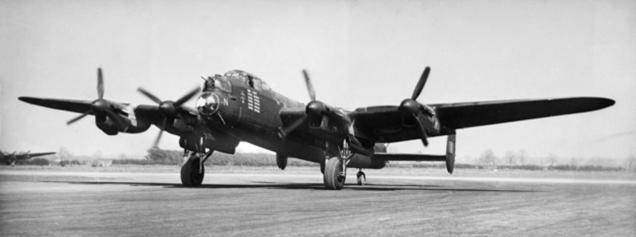|
|
||||||||||||||||||||||||||||
|
||||||||||||||||||||||||||||
|
Privacy Policy | Editorial Policy | Profit Policy | Join the Association | List of Members | Contact us | Index | Links |
||||||||||||||||||||||||||||
|
Back Go to page: 1 2 3 4 5 6 7 8 9 10 11 12 13 14 15 16 17 18 19 20 Forward
|
||||||||||||||||||||||||||||
|
The People I meet.
|
||||||||||||||||||||||||||||
|
|
||||||||||||||||||||||||||||
|
L-R: Kaitlin Middleton, Trev Benneworth, Kirstie Petrie, Shai Barnes.
Just recently I was at the Transcontinental Hotel in George St, Brisbane, mixing with a bunch of ex-Wagga brats who were reunionising and having a great old time. The “Trans” is one of Queensland’s longest-standing hotels, having opened its doors back in 1884 and each year the Wagga Appies get together, many with their partners and have a good old knees up behind its doors.
I was quietly moving around, taking a few photos, having a yarn here and there, just mixing with the crowd when I heard an ear shattering shriek from behind the bar followed by a bunch of female voices rapturously shouting Radtech!! Radtech!! Radtech!! and all pointing in my general direction………..
Being the quiet and unpretentious person that I am, I was quite embarrassed by this show of rock star type adoration and quickly retired to the rear of the lounge hoping to be out of sight and alone but alas, it was all to no avail. Although the bar was full and Appies left right and centre were screaming for a schooner, the girls abandoned their post and rushed to be near one’s self in the vain hope of capturing some of the elusive Radtechitis they could sense was emanating from one’s person.
After they had surreptitiously rubbed their persons on my self, endeavouring to capture some of that highly desirable Radtechitis, I was able to persuade the three lovely girls to return to their tasks, amid the huge cheers from the many thirsty brats holding up the bar.
Such is fame!!!!
|
||||||||||||||||||||||||||||
|
Veterans’ Disability Pensions
If you wish to submit a claim to the Department of Veterans Affairs, (DVA), for disabilities and/or an injury or disease caused during your time in the Defence force, get ready for the ride of your life!! Malcolm Fraser once said “Life wasn’t meant to be easy” – what he should have said was “Life, as well as submitting a claim to DVA wasn’t meant to be easy”. Making a claim is definitely not something you should undertake by yourself. This is a job that should be referred to the experts most of whom are volunteers, blokes and blokettes, who unselfishly give of their time to help veterans with their pensions claim submissions, which may also include Veterans’ Review Board appearances. It is recommended that if you live in south-east Qld, you couldn’t do better than to contact Trevor Rigby (below) or one of his Advocate colleagues or Pensions Officers at the Kedron Wavell Sub-Branch of the RSL, (KWRSL) Chermside.
Trevor Rigby.
Trevor and all of the practitioners at KWRSL have attended many courses to study the various requirements necessary for submitting successful claims to DVA. Training of Advocates, Pensions Officers and Welfare Officers is conducted through the Training and Information Program (TIP) organisation which is a Federal Government funded training program jointly conducted by the Department of Veterans’ Affairs and ex-service organisations. The object of TIP is to train practitioners in how to assist members of the veteran community to seek benefits from the Department of Veterans’ Affairs, access other benefits and facilities in the general community and provide information in relation to pension and welfare enquiries.
Advocates and Pensions Officers at KWRSL are some of the most experienced practitioners in providing pensions and advocacy services and they are there to help any and all serving or ex-service men and women. There is no charge for the services that they provide. If you have a claim, or think you may have a claim against DVA, do yourself a big favour and contact Trevor or one of his associates at KWRSL. Being volunteers, they don’t look on their roles as a job or a chore to be undertaken. It is more like a mission; being ex-service themselves they know the anguish and distress that many of our serving and Ex-ADF personnel experience as a result of their service and they are determined to assist them wherever possible.
The following is an outline of the process in submitting a claim to DVA. It is an overview only but nonetheless provides insights of the complexity of submitting a claim. If any reader of this article has a claim to submit, they are encouraged to make an appointment with one of the Advocates or Pensions Officers at the KWRSL who are contactable on (07) 3359-0460.
The first step in the process is to determine whether a prospective claimant has Eligibility? The diagram below identifies the necessary links in the process, all of which must be met for a claim to succeed. The first step in Eligibility is to determine the particular legislation applicable to the claimant.
There are
three main pieces of legislation which apply to current and former
serving ADF personnel and when and where a person served, determines
which legislation applies to any injury or disease, or death for
As a general statement, service personnel in the Australian Defence Forces from 1939 to 1949, had their service covered under the VEA and their claims were considered under that legislation. For the period from 1949 to 1972, service in Australia came under the SRCA while eligible war service in that period was treated under the VEA.
For the period 1972 to 1986 service in Australia was covered by both SRCA and VEA, depending upon the duration of the person’s service. Eligible war service in that period was primarily under the VEA, but also in some cases, SRCA. The same eligibility applied in the period from 22 May, 1986 to 6 April, 1994 and from 7 April 1994 30 June, 2004 as for the 1972 to 1986 period. (You can see the difficulty you will face if you try to submit a claim yourself.)
From 1 July 2004 a completely new piece of legislation was introduced covering all ADF personnel, ie the Military Rehabilitation and Compensation Act (MRCA) 2004. All personnel with service from that period, serving or retired have eligibility under that legislation.
After having determined under which Act you are eligible, the next link in the process above is:
The significance of the Statement of Principles is that they are documents prepared by the Repatriation Medical Authority to cover a wide range of injuries, diseases and deaths that may occur amongst serving personnel in the ADF. They apply to decisions about liability for injuries, diseases and deaths made under both the VEA and the MRCA. Apart from several exceptions under the MRCA, all claims must be assessed by reference to a relevant factor in the SOP. The issue here is that the SOPs are legislative instruments and have the same legal effect as any legislation passed by Parliament. Claims not covered by SOPs can still be lodged, but must be supported by available medical opinions and evidence.
By way of
explanation, in 1994 the Australian Government requested the
Repatriation Commission to prepare legislation to create a consistent
Before a
claim can be submitted it is necessary for a claimant to confirm their
identity – the 100 point rule applies, after which comes the detail.
This is where the Advocate or Pensions Officer input is invaluable in
assisting the veteran complete the relevant claim form. As an aside, it
is
One of
the hazards Advocates face is trying to assist a veteran who has
submitted his/her own claim, which for one reason or another, has been
rejected. The difficulty in no small measure is that DVA now has a
record, which in some particular respect may not be an accurate
portrayal of the condition or circumstances of what happened to cause
the injury or
With unsuccessful claims and where the practitioner and veteran believe that the unsuccessful claim has not been assessed correctly, the veteran may apply to the Veterans’ Review Board, (VRB) for a review of the Delegate’s decision. This becomes a responsibility of the Advocate to prepare a submission on behalf of the veteran to accompany him/her at the VRB and represent the veteran before a panel of three Board Members. The outcome of the VRB review may be that the Board agrees with the veteran’s application for review and in which case it is referred back to the Commission to take further action. Alternatively, the Board may uphold the Commission Delegate’s decision. That may be the end of the claim, unless the Advocate and the veteran believe that they have not received justice and decide to appeal to the Australian Administrative Tribunal (AAT). To do that they will need to engage a Level 4 trained Advocate or a Solicitor. Generally, the appeal to the AAT will be the final avenue of appeal unless there is a matter of law, which the Advocate and the veteran believe was not considered at the earlier stages of the claim
Veteran.
To be classified as a Veteran you must have provided full time service in one of the following:
(*Certain
Circumstances. For WW2, service you must have served during the period
of hostilities and incurred danger from hostile forces of the enemy.
This may include mine-sweeping and bomb clearance operations after the
war. For conflicts after WW2, you must have been allotted for duty and
served in an operational area declared warlike by the Minister for
Defence. It also includes those who served in a Commonwealth or Allied
country’s Defence Force during a conflict in which Australia took part
in which they incurred danger from hostile forces of the enemy.)
Guide to the assessment of rates of veterans’ pensions. (GARP). A term you will hear often during your claim process is “GARP”. The Guide to the Assessment of Rates of Veterans’ Pensions (GARP) is used to assess the extent of incapacity from war caused or defence caused injury or disease for the purposes of determining the rate of pension. This is a 300 page book published by the Department of Veterans’ Affairs – if interested, you can get a copy HERE.
Tall Tales There are many tall tales about DVA Pensions and Benefits doing the rounds – most of which should be discarded. Here are a few:
When the Vet dies his Gold Card automatically reverts to his widow. Not true: A widow/widower is only entitled to a Gold Card if his/her partner was in receipt of an above General Rate, eg Special Rate (TPI), Intermediate Rate or Extreme Disable Adjustment (EDA) Pension. A Vet might have a gold card but not be classified as TPI, IRP or EDA, in which case his/her widow is not entitled to their own card. (Note, in the above cases, the Vet’s card is not transferred, a new card is issued to his/her widowed partner.)
You have to be in receipt of 100% or more of a DVA disability pension to get the Gold Card. Not true: If you are in receipt of 50% or more of a DVA disability pension and any amount of a DVA service pension you are eligible for the Gold card. (See HERE)
You get a Gold Card automatically when you turn 70. Not true: Only veterans who have eligible service and who have turned 70 years of age are eligible for the Gold Card.
Summary.
|
||||||||||||||||||||||||||||
|
Christmas Hampers.
In December of 2015, Kedron Wavell Sub-Branch RSL, as it has done so for many years, prepared and delivered over 100 Christmas hampers to its elderly members. A lot of work goes into the preparation of the hampers, items must be selected, purchased, sorted and then placed into bags for delivery to the elderly vets. As usual, the Club was helped in the task by the wonderful young people from the local High Schools who unselfishly gave up their time and tossed in to help the elderly. Unfortunately, when ever the press mentions our young people, it is always in a negative manner - you would be forgiven for thinking all young people are selfish un-educated drop-outs, are all on drugs or are alcoholics or spend all their spare time bashing the tripe out of each other.
Nothing could be further from the truth!!
From the dealings I have had with our young people I find the vast majority of them are caring, polite and very knowledgeable young men and women and it is very reassuring to know that tomorrow's Australia is in good hands.
|
||||||||||||||||||||||||||||
|
|
||||||||||||||||||||||||||||
|
The 2015 Christmas Hamper. |
||||||||||||||||||||||||||||
|
One of those unselfish and caring young people was Emma Dart (below). Emma was in her final year at Craigslea High School. She and her school mates not only spent quite a few days buying, sorting and packing all the contents for the hampers when they could have been at the beach celebrating the end of their school years, but she and her mates also helped deliver the hampers to the very appreciative elderly as well.
One such deserving recipient was Fred Williams (call me George). George, who is a fit 91 year old, joined the RAAF in 1942, did his rookies at Sandgate, a northern suburb of Brisbane, then it was off to Maryborough (Qld) for training as a Wireless Air Gunner (WAG).
Maryborough was a small civil airfield prior to World
War II, but by 1941 i
After his training, he was posted to the UK to join 576 Sqn (RAF) which was a heavy bomber squadron, operating the Avro Lancaster.
No. 576 Squadron came into being at Elsham Wolds, Lincolnshire, on 25th November 1943, as a heavy bomber squadron equipped with Lancaster Mk. I and III aircraft. It formed part of No. 1 Group, RAF Bomber Command, and between 2nd/3rd December 1943 and 25th April 1945, flew 2,788 operational sorties; 67 aircraft were lost, including two abandoned over France in February 1945. When it had finished its offensive, No. 576 took part in:
576 Squadron was one of the RAF Squadrons in which Australians served fought and died during WW II. During the war, the Empire Air Training Scheme supplied tens of thousands of aircrew for the Royal Air Force (RAF) air war in Europe. While a number of so-called Article XV national squadrons were created in Fighter, Bomber and Coastal Commands of the RAF, the majority of Australian aircrew were posted, along with their Commonwealth colleagues, to RAF Squadrons as individual crew members, where they would 'crew up' often with a very multi-national aircrew comprised of men from all over the Commonwealth. Ground staff were similarly assigned.
George was one of the lucky ones, he completed an enormous 36 trips over enemy territory and returned home safe and sound. He is still very proud of his service in the RAAF as is evident from the number of memorabilia items on display in his home.
|
||||||||||||||||||||||||||||
|
|
||||||||||||||||||||||||||||
|
|
||||||||||||||||||||||||||||
|
George's record.
|
||||||||||||||||||||||||||||
|
Not to be outdone!!
A short while ago, John "Sambo" Sambrooks (otherwise known as the people's champion) and his lovely lady, Andrea, took a cruise across the Tasman to watch some games of (what they call) football! - you know the game, can't mark, can't kick, just get in a big huddle for a sniff!!!.
Sambo is an avid reader of the RAM, he prints out a copy and keeps it in the little room for when he's otherwise occupied and he reckons that Metal-Basheritis is just as powerful an allure as is Radtechitis - and he sent us this pic as proof.
|
||||||||||||||||||||||||||||
|
|
||||||||||||||||||||||||||||
|
I can feel a contest coming on!!! |
||||||||||||||||||||||||||||
|
We'd like to hear from fellow Radtechs who also experience the Radtechitis attraction problem. Please send us your photos when you're bombarded by the fairer sex trying to nick the elusive aura.
|
||||||||||||||||||||||||||||
|
|
||||||||||||||||||||||||||||
|
|
||||||||||||||||||||||||||||
|
Back Go to page: 1 2 3 4 5 6 7 8 9 10 11 12 13 14 15 16 17 18 19 20 Forward |
||||||||||||||||||||||||||||
|
|
et

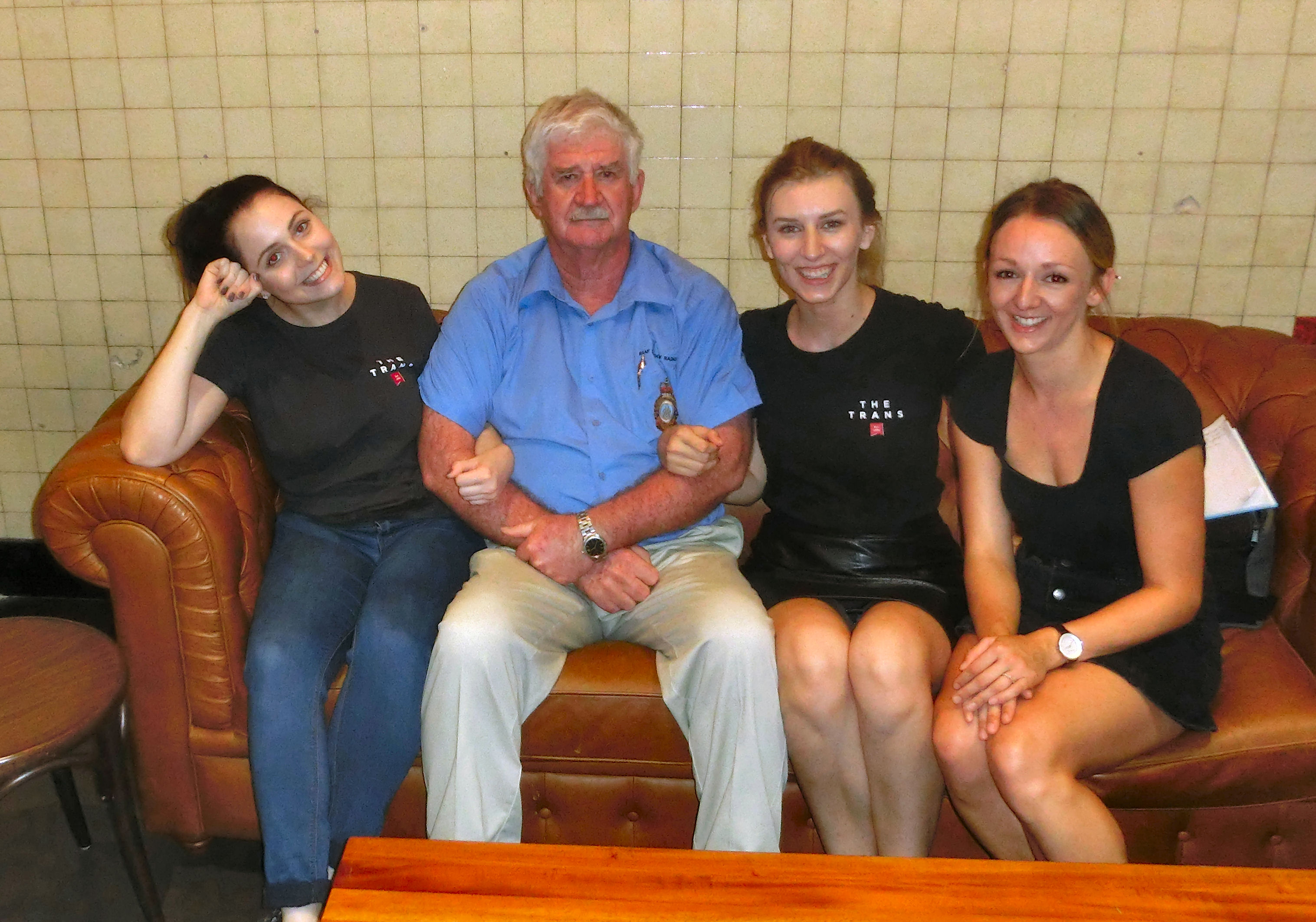
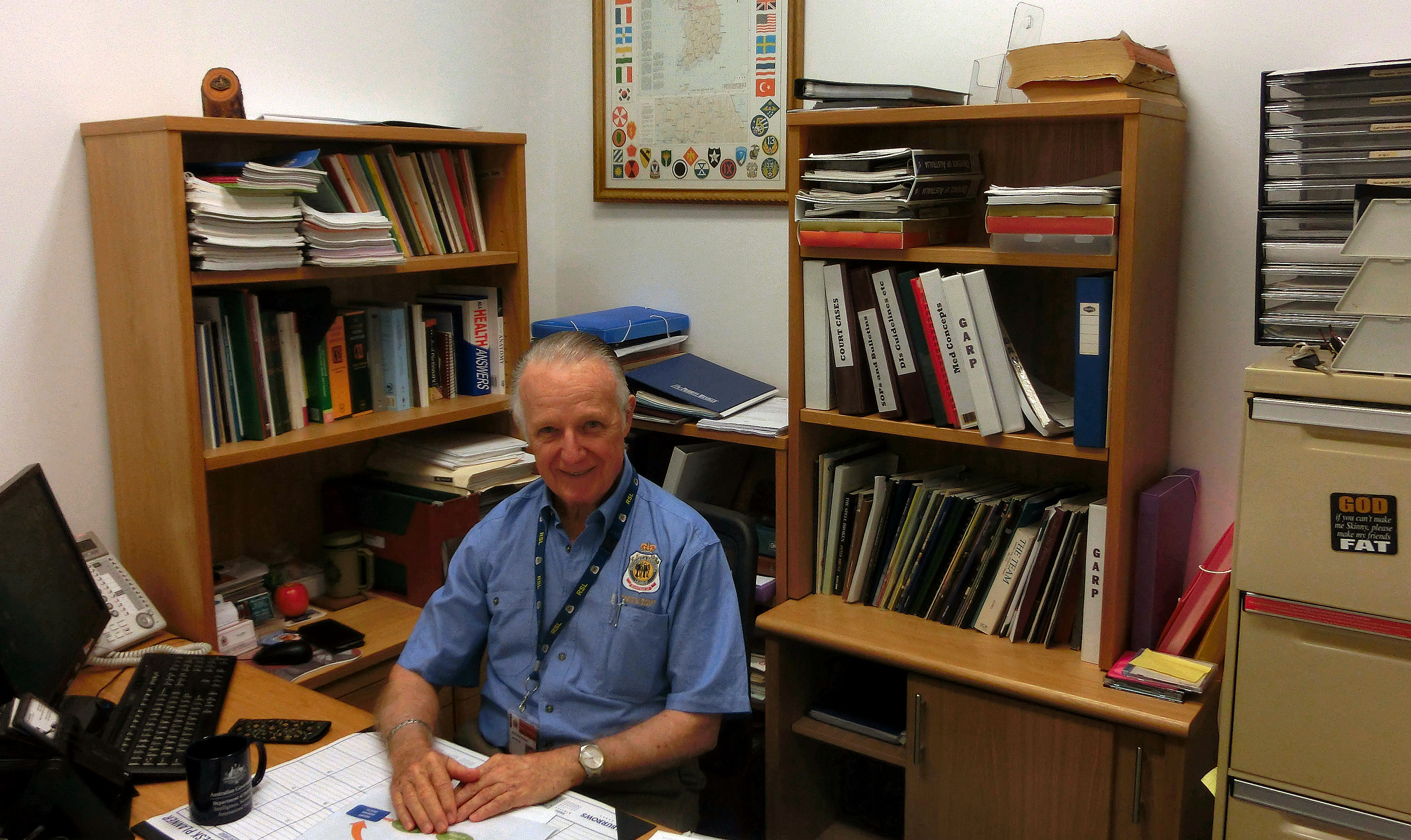
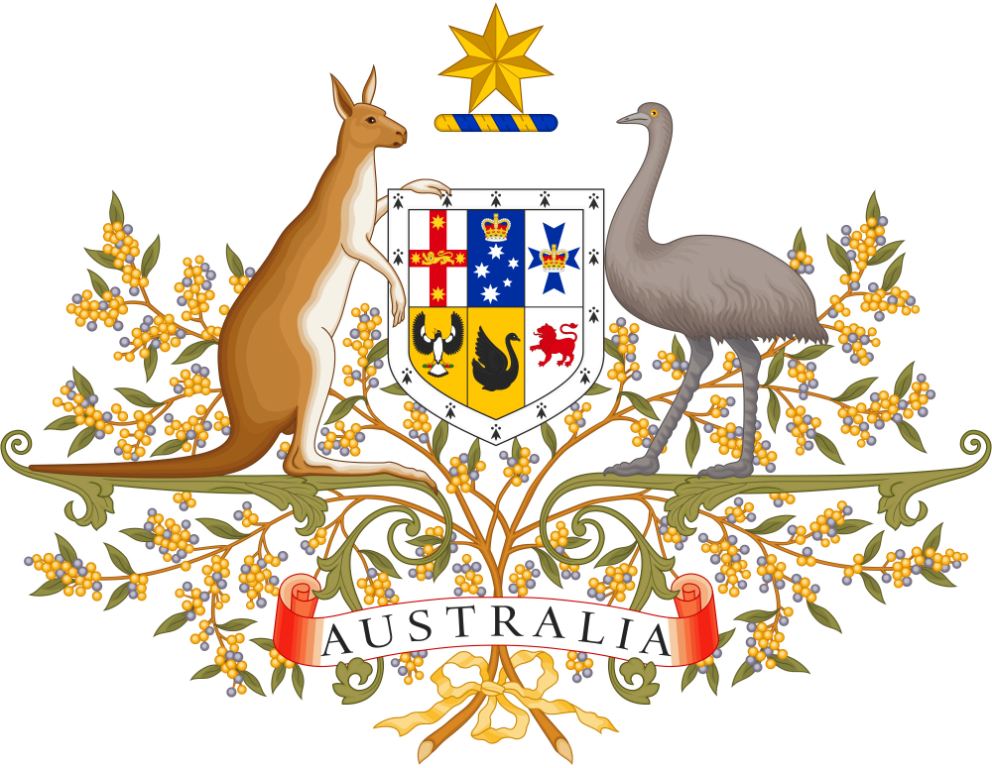 that person. The various Acts are:
that person. The various Acts are: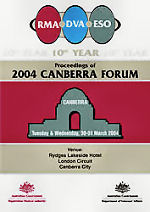 system of dealing with claims for disability pensions received from
Australian veterans and their dependants. One of the outcomes of the
legislative reform was the formation of the Repatriation Medical
Authority, (RMA). The RMA consists of a panel of five practitioners
eminent in fields of medical science. Based on sound
medical-scientific evidence, their role is to determine SOPs for any disease, injury
or death that could be related to military service. The SOPs, which
include nearly every ailment and/or disease known, state the factors
which "must" or "must as a minimum" exist to cause a particular kind of
disease, injury or death. Any claim for an injury, disease, or death
must be covered by a SOP which states what factor must exist to
establish a connection with service. (see
system of dealing with claims for disability pensions received from
Australian veterans and their dependants. One of the outcomes of the
legislative reform was the formation of the Repatriation Medical
Authority, (RMA). The RMA consists of a panel of five practitioners
eminent in fields of medical science. Based on sound
medical-scientific evidence, their role is to determine SOPs for any disease, injury
or death that could be related to military service. The SOPs, which
include nearly every ailment and/or disease known, state the factors
which "must" or "must as a minimum" exist to cause a particular kind of
disease, injury or death. Any claim for an injury, disease, or death
must be covered by a SOP which states what factor must exist to
establish a connection with service. (see
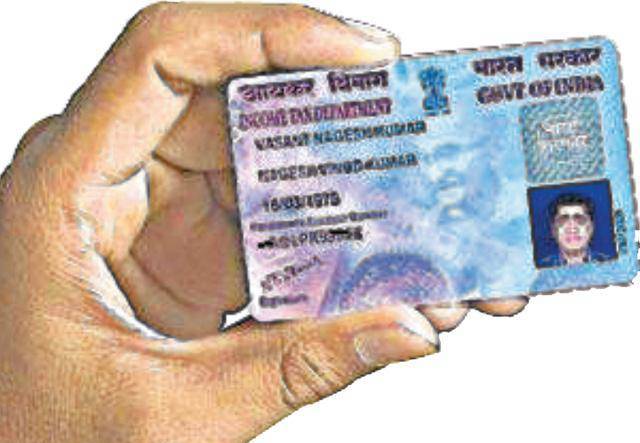 important that the correct claim form is used at the start. There are
different claim forms for claims under the various Acts, ie VEA, MRCA
and SRCA and to add to the complexity, they all have similar and
different requirements. However, they all have one common requirement
and that is the claim must be submitted with a medical diagnosis
of the condition. Another essential requirement as far as can
be diagnosed by the medical officer, is a date of the clinical onset
should be included in the diagnosis. The clinical onset refers to that
specific time when the signs and symptoms first became known and when a
medical diagnosis could be made. A medical opinion of the clinical
onset is often critical, especially if the matter should go on appeal to
the Veterans’ Review Board. KWRSL practitioners endeavour at all times
to not submit partially completed claims and will delay forwarding
claims until all of the relevant documents are available,
notwithstanding that the veteran may be claiming multiple conditions,
for which multiple diagnoses are required.
important that the correct claim form is used at the start. There are
different claim forms for claims under the various Acts, ie VEA, MRCA
and SRCA and to add to the complexity, they all have similar and
different requirements. However, they all have one common requirement
and that is the claim must be submitted with a medical diagnosis
of the condition. Another essential requirement as far as can
be diagnosed by the medical officer, is a date of the clinical onset
should be included in the diagnosis. The clinical onset refers to that
specific time when the signs and symptoms first became known and when a
medical diagnosis could be made. A medical opinion of the clinical
onset is often critical, especially if the matter should go on appeal to
the Veterans’ Review Board. KWRSL practitioners endeavour at all times
to not submit partially completed claims and will delay forwarding
claims until all of the relevant documents are available,
notwithstanding that the veteran may be claiming multiple conditions,
for which multiple diagnoses are required.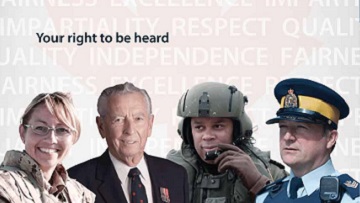 disease. Another challenge is where a claimant has served
in the ADF for
many years and has eligibility across the various Acts; in fact they
could be eligible under the VEA, SRCA and the MRCA. To add to the
complexity, they may not have claimed for a disability pension for
multiple conditions and the availability of medical evidence is sketchy,
and/or they did not report some of the injuries to the Medical Officer
on base. Some or all of these types of claims are a regular experience
for Advocates and Pensions Officer at the KWRSL.
disease. Another challenge is where a claimant has served
in the ADF for
many years and has eligibility across the various Acts; in fact they
could be eligible under the VEA, SRCA and the MRCA. To add to the
complexity, they may not have claimed for a disability pension for
multiple conditions and the availability of medical evidence is sketchy,
and/or they did not report some of the injuries to the Medical Officer
on base. Some or all of these types of claims are a regular experience
for Advocates and Pensions Officer at the KWRSL.